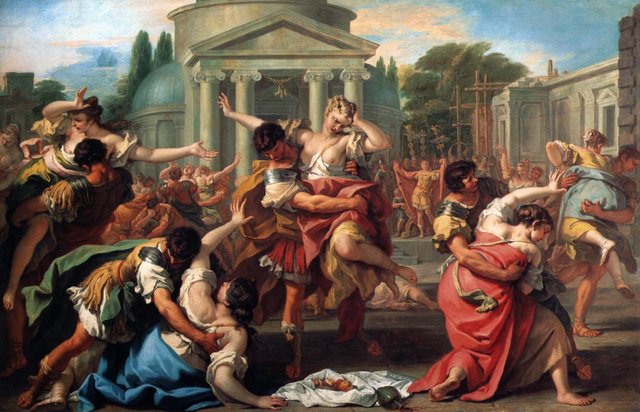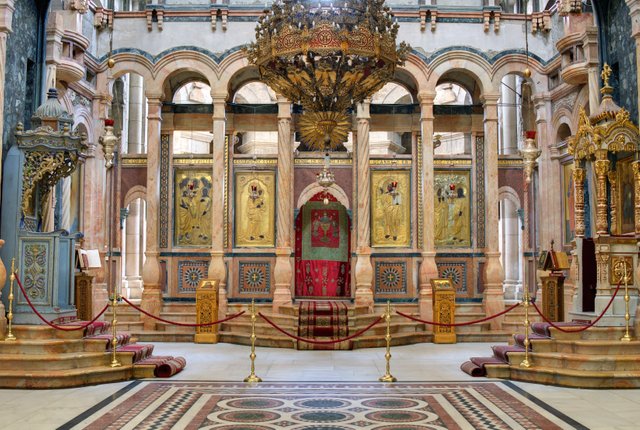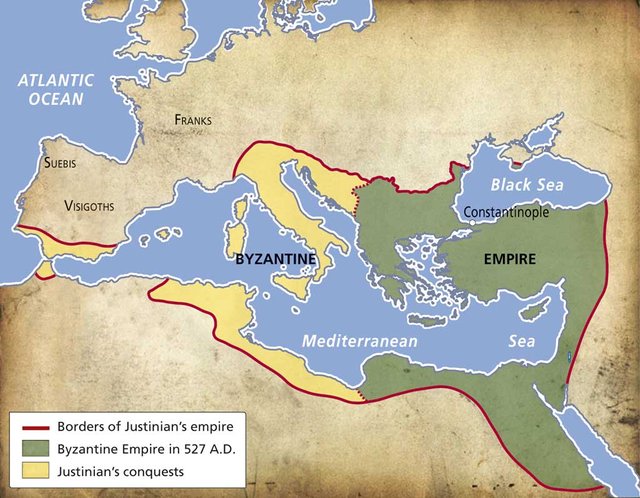The cultures that settled in Anatolia - The Roman Period (30 BC - 595 AD) and the Byzantine Empire (330 - 1453 AD)
Anatolia as a well developed country: the Roman period (30 BC - 595 AD)
As the Romans developed the technique of bonding bricks through mortar, they were able to create large-scale structures in the construction of their city walls, vaults and domes, thus providing the first major engineering achievements in history. While the first important works were built in Rome, Anatolia quickly took over the new construction methods with success. In western and southern Anatolia, as well as in the interior of the peninsula, many towns were built according to plan. These all had representative buildings such as agora, council building, gymnasium, stadium, theater, spas and fountains. The streets were covered with marble slabs and porticos on both sides, so that the citizens were protected from the sun and dust in the summer and from cold and mud in the winter. There was plenty of water in the beautiful city fountains, brought by aqueducts. All parts of the peninsula were connected by stable, well-maintained roads and stone bridges. For the first time in history, there were landmarks on the roads that indicated the distance. Especially in the 2nd century AD. Anatolia was one of the best developed countries in the world, and the cities could compete with Rome in terms of comfort and beauty. Today, in Western and Southern Anatolia, there are dozens of Roman ruin cities that delight visitors.
The First Christian State in the World: The Byzantine Empire (330 - 1453 AD)
Byzantine art was created at the end of the Roman period in Anatolia. As in the cities of the peninsula at the end of the 3rd century AD. As Roman sculpture and relief art degenerated, Christian artists regained their new liveliness and meaning. It can be said that the early Christian and Byzantine works represent a kind of expressionistic commentary on late Roman art. On the other hand, in architecture, as far as the spatial problem is concerned, the early Christian and Byzantine masters achieved a new stage in the evolution of world history. In Anatolian cities such as Sardis, Ephesus, Aprodisias, Hierapolis, Side, Perge, Antakya, this new style developed and gained contours. It reached its perfection in Constantinople, which was conquered by Emperor Constantine around 330 AD. founded capital, today's Istanbul. Constantinople formed between 330 and 565 AD. for two and a half centuries the cultural and artistic center of the world. Under Emperor Justinian (527-565 AD), early Christian culture experienced its most glittering period. The Hagia Sophia (532-539), a central cupola, became world famous as a masterpiece of Byzantine art. In addition, the church of St. Iren (6th and 8th century AD), Ephesus St. John's Basilica (Justinian's time) and St. Mary's Church (4th and 6th century AD), the most important and best preserved religious buildings of the The most beautiful and largely conserved examples of late Byzantine period in Istanbul are the Fethiye Mosque (St. Maria Pammakaristos 1310 AD) and the Kariye Mosque (Chora Church). In these buildings harmoniously combines the ceiling consisting of several domes with the walls consisting of a three-storey ring. In Istanbul, secular buildings from both the Tefkur and Laskaris Saray still preserve some parts, as well as from the city walls, whose multi-colored brickwork attract the eye. The floor mosaics of the great Saray in Sultan Ahmet and the wall mosaics in the Hagia Sophia and in the Fethiye and Chorakirche are of high quality and incomparable beauty. The silver vessels found in the South Anatolian Finike and the other silver and gold objects prove the high standard of Byzantine goldsmithing.



Even though maintaining routes in-between anatolia is very difficult beacuse of its sharp mountains and other hard to manipulate geographical futures, the civilizations of anatolia still find a way to connect cities and people. Maybe this is because of the adaptation of the people (and with them, the roads) to the lands exceptional form.
i agree with you :)